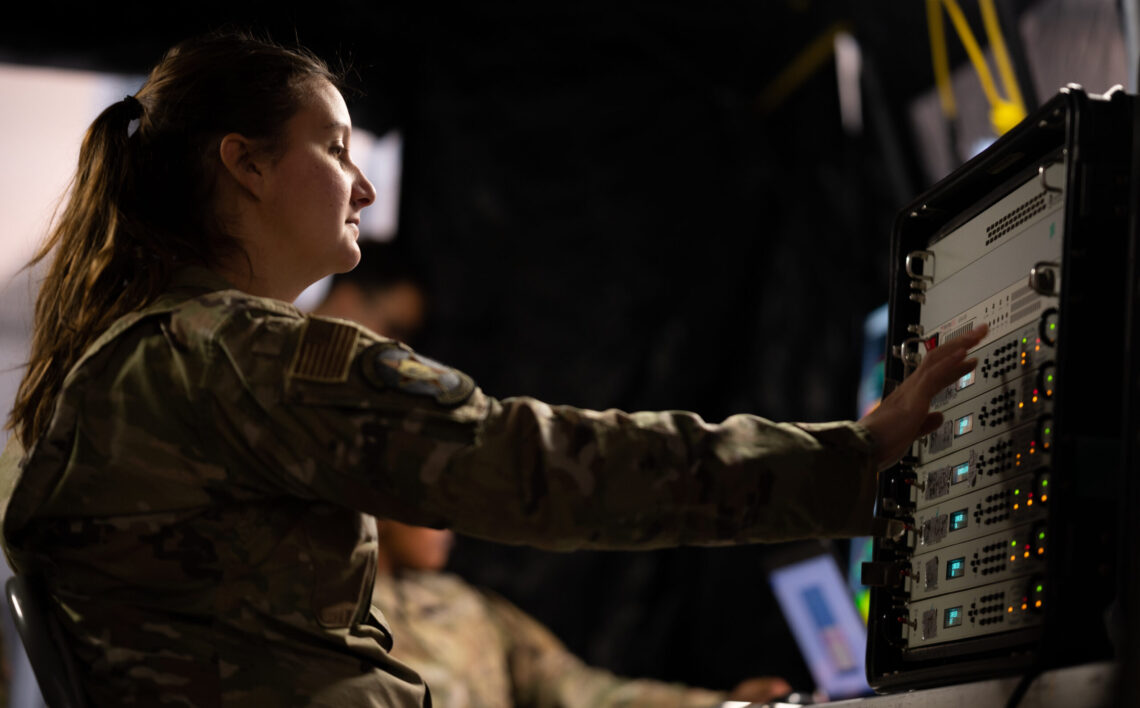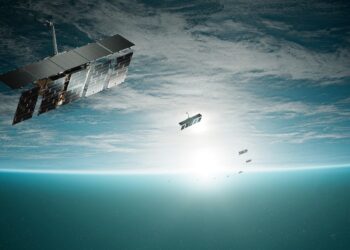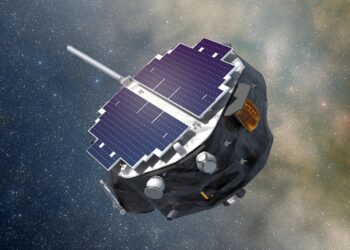WASHINGTON — The Pentagon has partially declassified some space electronic warfare technologies and exercises, a move seen as critical for enhancing U.S. Space Force training and fostering closer collaboration with allied forces.
Col. Christopher Fernengel, director of the Commander’s Action Group at U.S. Space Command, credited the Defense Department’s space policy office for leading the declassification efforts.
“They’re directing changes to declassify where it makes sense,” Fernengel said April 20 on a podcast hosted by the Mitchell Institute of Aerospace Studies.
The head of the Pentagon’s space policy office, John Plumb, has advocated for updates to the classification guidance to facilitate collaboration with allies and with the private sector.
Historically, space electronic warfare has been highly classified, Fernengel said. Just a few years ago, “everything was behind the green door at the ‘top secret special access’ program level,” he said. Most recently, “we saw much of the capability go from a top secret SAP level down to secret, or top secret.”
Space electronic warfare involves manipulating the electromagnetic spectrum, crucial for communication, navigation, and sensor data in space. It encompasses offensive actions like jamming or spoofing to hinder adversaries, alongside defensive measures to protect friendly space assets. Exercises often involve an “aggressor squadron” simulating enemy attempts to disrupt U.S. space systems electronically.
‘We can share more with coalition partners’
Lt. Col. C. Gene Adams, commander of the 527th Space Aggressor Squadron, underscored the benefits of lowering classification. “We can share more with coalition partners who have similar capabilities,” he said.
The policy changes streamline approvals, Adams said. “Counter-space approval activity packages” previously requiring Secretary of Defense sign-off are now delegated to colonels (O-6 level) in…
Read the full article here



